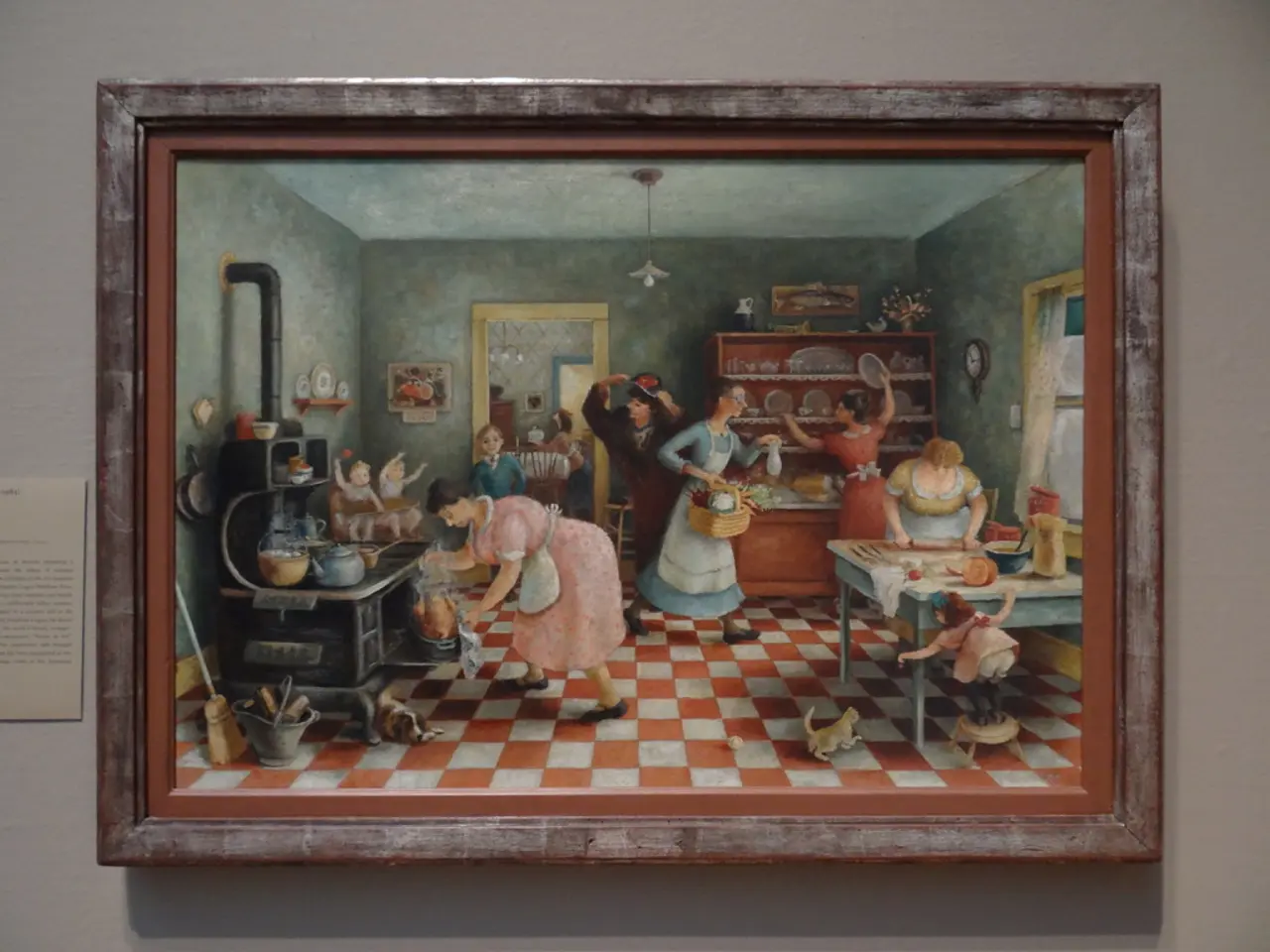Review of A Room of Her Own at the Clark Institute: Transitioning from the transcendent to the emotional
The Clark Art Institute in Massachusetts is currently hosting an exhibition that is both a scholarly and visually rich celebration of the contributions of twenty-five British women artists working between the late Victorian era and World War II. Titled A Room of Her Own: Women Artist-Activists in Britain, 1875–1945, the show runs until September 14, 2022, and can be found at clarkart.edu.
Curated by Alexis Goodin, the exhibition uses Virginia Woolf's famous 1929 essay, A Room of One’s Own, as a conceptual framework to explore the necessity of physical and intellectual space for women artists. The show compellingly links the artists’ artistic ambitions to their assertion of such spaces—homes, studios, schools, clubs—and their roles as activists in suffrage, anti-war protests, art education, and community organization.
The exhibition revives forgotten or marginalized figures like Anna Alma Tadema and Mary Lowndes, addressing significant gaps in British art history and expanding narratives that often overlook women’s contributions. Artists' diverse styles range from Pre-Raphaelite influences to Cubist modernism, showcasing artistic pluralism rather than a monolithic “women’s style.”
Some of the highlights of the exhibition include Ethel Sands' painting "The Chintz Couch," which depicts a large, plush, and ostentatiously comfortable piece of furniture, illuminated by a single shaft of daylight. Evelyn De Morgan's anti-war propaganda painting has a Pre-Raphaelitic scent of death, with winged angels, rainbows, and clusters of severed heads. Eleanor Fortescue-Brickdale's "The Posthumous Child" is included, depicting a weeping, black-clad woman kneeling in prayer with an angel presenting a phosphorescent baby.
Other notable works include Gwen John's "The Brown Teapot," a monochrome symphony in shades of caramel, coffee, pecan, and cocoa, and Marie Spartali Stillman's "Love's Messenger," featuring a medieval maiden with a letter delivered by a dove. The exhibition also features works by Nikolai Astrup, Ida O'Keeffe, and Guillaume Lethière, artists whose work has been exhibited at the Clark Institute.
While the show has been well received critically for its scholarship and evocative presentation, it has also been criticized for digressions, self-contradictions, and mediocrity. Despite these criticisms, the exhibition encourages further research and public awareness of women artist-activists and their vital place in British art history. Accompanying symposiums and events indicate ongoing academic engagement and discourse inspired by the exhibition.
The Clark Art Institute is known for distinctive, high-grade exhibitions, and A Room of Her Own is no exception. It stands out as an important case study of women’s artistic persistence and political involvement in Britain, 1875–1945. If you're in the Berkshires, be sure to visit before September 14. For updates on the latest stories, subscribe to the FT Weekend newsletter, and follow FT Weekend on Instagram, Bluesky, and X.
Distributed amongst the captivating artworks at the exhibition, books and literature were given a nod, with Ethel Sands' painting "The Chintz Couch" featuring a prominently displayed book. Visitors to the show can indulge in various lifestyle selections, including Marie Spartali Stillman's "Love's Messenger" depicting a medieval maiden with a letter delivered by a dove. The exhibition not only rejuvenates the contributions of women artists but also delves into the realms of entertainment, as seen in controversial and evocative pieces like Evelyn De Morgan's anti-war propaganda painting.








